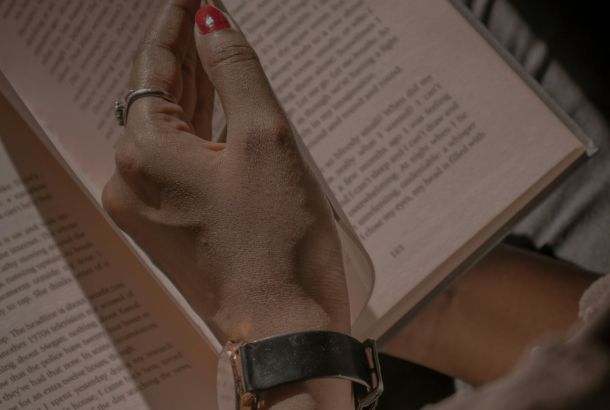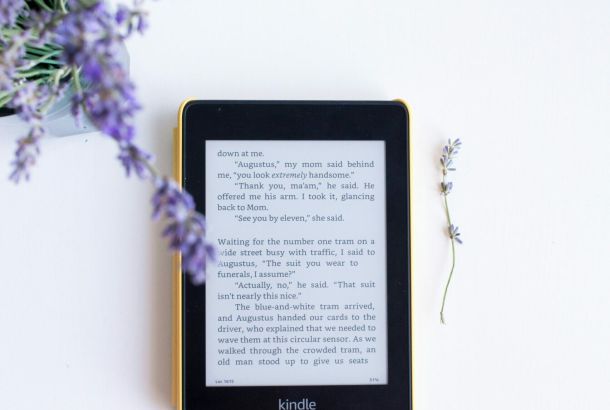Review: Zadie Smith’s White Teeth
By Leonie Dunn
Zadie Smith’s debut novel, White Teeth, is both epic and intimate. It is completely compelling piece of literature that is rid of the qualms and introversions of any other debut novel. It is Smith’s unafraid approach to her debut and her evident ambition that caused White Teeth to receive unprecedented approval from both critics and readers alike. It is both the winner of the Guardian First Book Award and one of TIME Magazine’s 100 best English-language Novels from 1923 to 2005.
White Teeth‘s quirky take on the lives and histories of two North London families takes on big themes for a debut, considering gender, faith, race, history and culture and she triumphs. White Teeth follows the lives of both Archie—a cockney—and his best friend Samad Iqbal—a Bengali Muslim. This is a pairing that is both rare and poignant, and it is Smith’s breadth of vision that allows us as readers to follow the two histories of these intertwined families, from the battlefields of WWII to the streets of North London. However it is her mockery of the ideas of roots and heritage that allow this depiction of the multicultural Britain to be so comical. Smith uses a plethora of different characters to depict the multiple different cultural viewpoints of society today, it is a wicked play of characters and plot that takes us from the opinions of a Jehovah’s Witness to a Eugenicist. Her confident accuracy and portrayal of the diaspora of multicultural Britain allows for us as the reader to become immediately attached to each character, as we sympathise with their need to find just exactly who they are. She hits the nail on the head with this book of self-discovery as Smith jests at the idea that we are who we are simply because of our genetic background.
Although it could be expected that from a debut of such epic proportions it would only skim over the surface of each of the characters, whilst Smith’s novel does cover a vast array of themes, we as readers have an unprecedented amount of omniscience for each character. We know every detail of their family history and their pre-set archetypal family traits and this allows us to truly connect with each and every character. While it is evident that Smith as the author connects more so with some of her characters, namely Irie Jones, the half-Jamaican half-British teenage girl, which allows for an essence of autobiographical flourish that creates an authenticity in her depiction of each plot point. It is the odd mix of characters that enables Smith to square up to the big question at the forefront of many minds: “who am I and why am I here?”
Smith’s wit and rich plot allow her to set up some interesting takes on the modern day Britain. Something that has multiple layers of meaning throughout the duration of the novel follows the trials and tribulations of ‘Future Mouse’. This is a question of a genetically altered mouse whose role is to prove that the power of science and intellect can triumph over the randomness of genes and DNA. But ‘Future Mouse’ himself has a bit of attitude like many of Smith’s characters as he gladly seizes his freedom and runs with it, this occurs before his impending genetic programming. This is Smith’s way of pulling all the characters back together at the end and showing that this small brown laboratory mouse cannot be genetically programmed to be albino-white. It is Smith’s endearing take of symbolism on issues like this that link to her view on the big themes in this novel, namely racism. Smith’s warm hearted novel takes on big questions and makes them appear ludicrously old-fashioned and it this that makes this Dickensian epic about modern Britain able to make every reader laugh from cover to cover.







